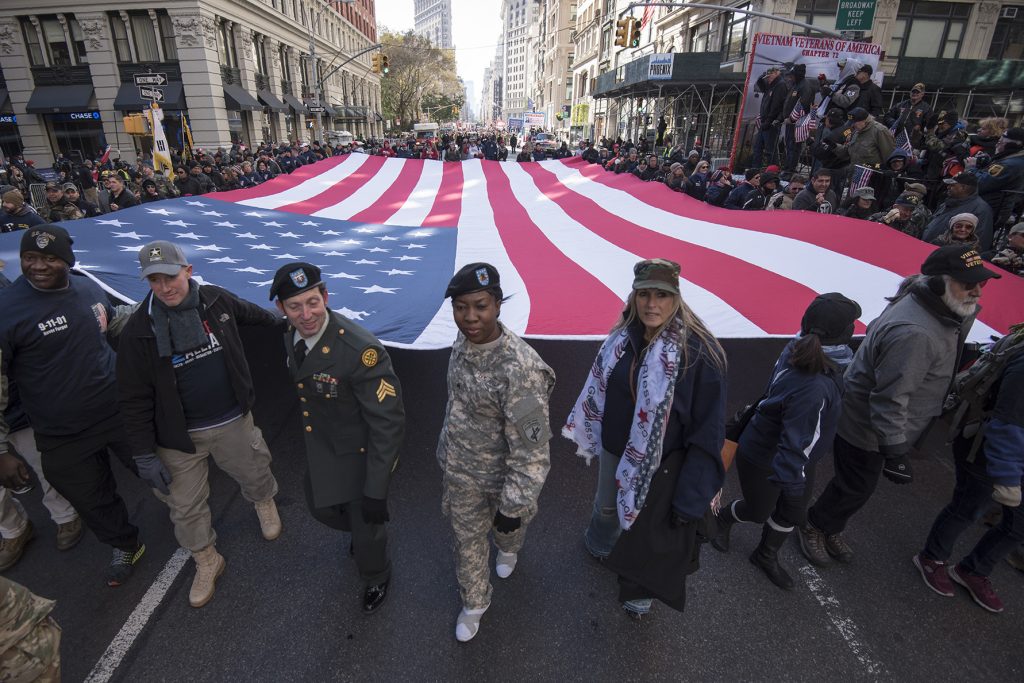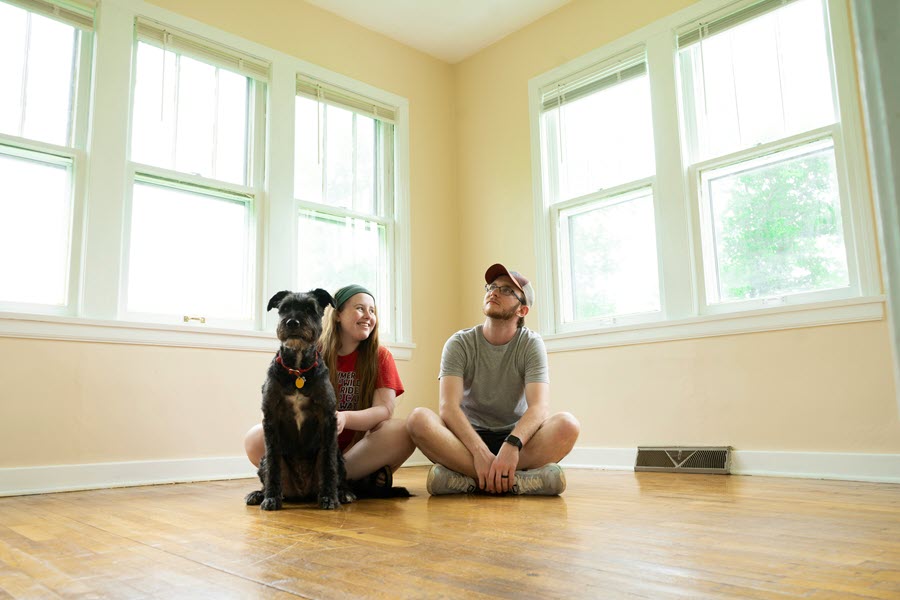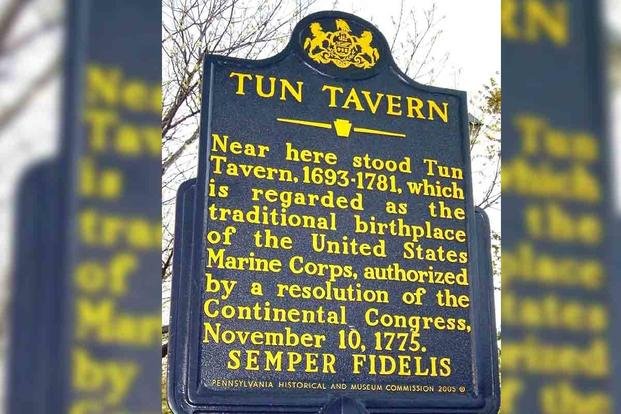For veterans and active-duty service members, VA (Veterans Affairs) home loans are an attractive option…
Veteran’s Day – Every Day
The History of Veteran’s Day
Veterans Day, observed annually on November 11, honors military veterans of the United States Armed Forces. Its origins trace back to Armistice Day, marking the end of World War I on November 11, 1918. The United States Congress officially recognized the end of World War I when it passed a concurrent resolution on June 4, 1926, with President Calvin Coolidge issuing a proclamation calling for the observance of November 11 with appropriate ceremonies.
An Act (52 Stat. 351; 5 U. S. Code, Sec. 87a) approved May 13, 1938, made November 11 a legal holiday, dedicated to the cause of world peace, and thereafter celebrated and known as “Armistice Day.” This legal holiday honored World War I veterans.
In 1954, after World War II had required the greatest mobilization of soldiers, sailors, Marines, and airmen in the Nation’s history; after American forces had fought aggression in Korea, the 83rd Congress, at the urging of the veterans’ service organizations, amended the Act of 1938 by striking out the word “Armistice” and inserting the word “Veterans.” With the approval of this legislation on June 1, 1954, November 11 became a day to honor American veterans of all wars.
Later that same year, on October 8th, President Dwight D. Eisenhower issued the first “Veterans Day Proclamation” which stated: “In order to insure proper and widespread observance of this anniversary, all veterans, all veterans’ organizations, and the entire citizenry will wish to join hands in the common purpose.”
Veterans Day continues to be observed on November 11, regardless of what day of the week on which it falls. The restoration of the observance of Veterans Day to November 11 not only preserves the historical significance of the date but helps focus attention on the important purpose of Veterans Day: A celebration to honor America’s veterans for their patriotism, love of country, and willingness to serve and sacrifice for the common good.
Volunteers with the New York City Veteran’s Alliance hold the Ground Zero Flag during a march through midtown Manhattan during the NYC Veteran’s Day Parade Nov. 11, 2017. The flag was flown over the site of the World Trade Center attacks in 2001 and was carried by military veterans from every branch. This year, the United States Air Force was honored as the featured service during the parade. With more than 40,000 participants, the New York City Veterans Day Parade is the largest Veterans Day event in the United States. (U.S. Air National Guard Photo by Staff Sgt. Christopher S. Muncy)
Common Misconception About Veterans
In the civilian world, veterans are often subject to a series of misconceptions that can impact their integration into workplaces and communities. Here are some common myths contrasted with reality:
- Veterans as Mindless Drones: There’s a stereotype that military training strips away individuality, producing people who follow orders without thought. In reality, military training promotes teamwork and mission focus but also fosters individual thinking and problem-solving skills. Veterans are known for their initiative and adaptability, not for a lack of creativity or autonomy.
- Mental and Emotional Stability: A pervasive myth is that all veterans are haunted by their service, characterized by PTSD or other mental health challenges. While it is crucial to acknowledge and address the real and significant struggles that some veterans face, it is a misconception to assume all veterans are affected to the same degree. Many veterans return to civilian life without these issues and are as mentally and emotionally stable as their civilian counterparts.
- Physical Aggression: Another myth is that veterans are inherently combative or aggressive due to their military training. Although the military does train its personnel in combat, these skills are a small part of the overall training, which also emphasizes discipline and control. The assumption that veterans are prone to violence is unfounded and overlooks the varied roles and responsibilities they hold while serving.
- Communication and Behavior: There’s a stereotype that veterans are foul-mouthed, noisy, and lack the social grace expected in civilian environments. The truth is that veterans, much like anyone else, adjust their behavior according to the context. While the military environment might be more tolerant of swearing, veterans know when and how to communicate appropriately outside of service.
- Work Ethic: Civilians may assume that veterans are all exceptionally hard-working and disciplined. It is true that military service requires a high level of discipline and can instill a strong work ethic. However, veterans, like civilians, are individuals with varying levels of motivation and work styles. Not all veterans will fit the super-disciplined, always-on persona that some may expect.
- Strict Discipline in All Aspects: The belief that veterans are extremely methodical and precise in everything they do is another misconception. While military training does involve discipline, it’s not true that all veterans maintain this in every aspect of their civilian lives. Once out of the military structure, veterans exhibit a range of behaviors and organizational styles.
- Appearance Standards: A common image is of veterans always being well-dressed and well-groomed, mirroring the standards of military dress uniforms. The transition to civilian life often includes a relaxation of these strict standards. Veterans, like anyone else, may take a more casual approach to their appearance once they are out of the service.
Dispelling these myths is critical for understanding the diverse experiences and capabilities of veterans. Recognizing veterans as multifaceted individuals with a broad spectrum of skills and experiences is essential for their successful reintegration into civilian life.
Thank You for Your “Thank You for Your Service,” but…
Supporting veterans goes far beyond “thank you for your service” or holiday discounts; it requires ongoing, substantive support and engagement with the challenges veterans face every day. Here are actionable ways individuals can contribute to the welfare of veterans:
- Volunteer: Participate in volunteer opportunities at local VA offices or join networks that help veterans with transportation to medical appointments. Platforms like VolunteerMatch also offer avenues to support veterans and their families.
- Care Packages and Letters: Organizations like Operation Gratitude send care packages and letters to the military community, including veterans and their caregivers, expressing thanks and recognition for their service.
- Support for PTSD: Veterans struggling with PTSD can be supported through resources such as the PTSD Coach Online and the Veterans Crisis Line, which aid in managing symptoms and finding professional help.
- Service Dogs: Programs like Freedom Service Dogs of America and Puppies Behind Bars train service dogs to assist veterans, especially those with PTSD. These dogs can significantly aid in veterans’ transitions back to civilian life.
- Travel Points Donation: Donating frequent flier miles and hotel points to programs like the Hero Miles Program can help bring family members to the bedside of injured service members, supporting them during hospital stays.
- Homelessness Support: Calling the VA’s hotline can connect homeless or at-risk veterans with essential services. Additionally, the Stand Down program provides temporary relief for homeless veterans, offering food, shelter, and health services.
- Housing for Injured Veterans: Organizations such as Building Homes for Heroes construct specially modified homes for severely injured veterans, helping them live independently and at no cost to them.
Beyond individual actions, advocating for and supporting veteran-related legislation ensures that the necessary funding and policies are in place to maintain and improve these vital services. Engaging with local representatives, participating in advocacy groups, and staying informed on policy matters related to veterans are critical steps toward ensuring that veterans receive the support they deserve year-round.





